- The process of creating a drug - May 23, 2023
- How do scientists model mental disorders in animals? - May 23, 2023
Abstract
The class of compounds known as naphthoylindoles encompasses a wide range of substances with diverse chemical and biological properties. Naphthoylindoles are utilized in the production of pharmaceutical drugs and are also involved in the manufacturing of a group of substances referred to as JWH-class synthetic cannabinoids or “spice”.
This article presents a comprehensive overview of Naphthoylindoles, including its general information, physico-chemical properties, Chemical Information of Naphthoylindoles, Some Reactions of Naphthoylindoles, synthesis of Naphthoylindoles, conclusion, and bibliography.
General Information About Naphthoylindoles [1-6]
Other synonyms names of Naphthoylindoles are: 3-(1-Naphthoyl)indole; 3-Naphthoylindole; Indol-3-yl 1-Naphthyl Ketone; 1H-Indol-3-yl-1-naphthalenyl-methanone; 1H-Indol-2-yl(1-naphthyl)methanone; Indol Naphthyl Ketone
IUPAC Name of Naphthoylindoles: 1H-Indol-2-yl(1-naphthyl)methanone; 1H-Indol-3-yl(1-naphthyl)methanone
CAS number is 109555-87-5
A diverse array of Naphthoylindole analogs is depicted in Figure 1.
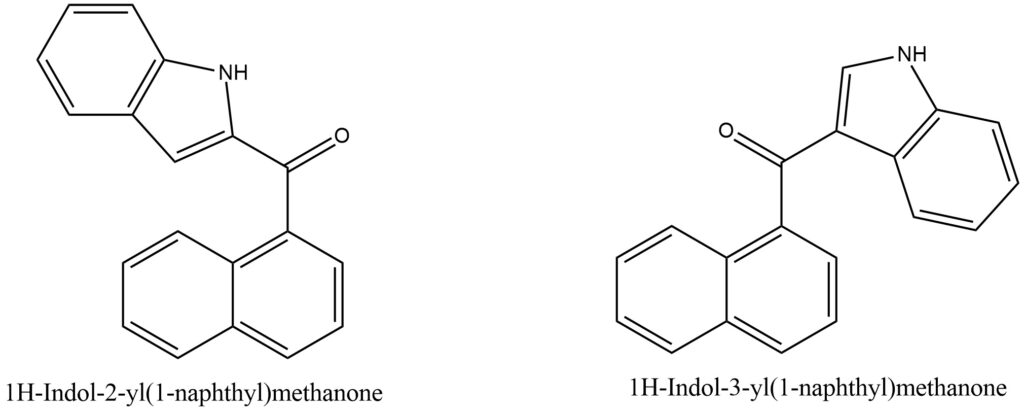
Figure 1. Naphthoylindoles
Physico-Chemical Properties of Naphthoylindoles [1-6]
- Molecular Formula C19H13NO
- Molar Weight 271.313 g/mol
- Boiling point 512.2±23.0 °C at 760 mmHg
- Melting Point 183.02 ℃ (3-NAPHTHOYLINDOLE)
- Solubility: DMF: 30 mg/ml; DMSO: 30 mg/ml; DMSO: PBS(pH 7.2) (1:2): 0.3 mg/ml
- Color/Form: A crystalline solid
- Odor: Characteristic
Powder possible of the 3-(1-Naphthoyl)indole can be seen in the picture provided in Figure 2.
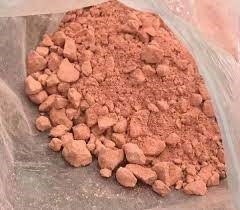
3-(1-Naphthoyl)indole
Chemical Information of Naphthoylindoles [7-10]
Naphthoylindole is an indole compound with a naphthoyl group attached to the indole ring. The chemical properties of naphthoylindole are determined by its structure and functional groups. Fluorescent properties: Depending on the specific structure of naphthoylindole, it can exhibit fluorescent properties, which means it has the ability to emit light upon excitation at a specific wavelength.
The Huffman research group pioneered the synthesis of a range of naphthoylindole derivatives by substituting the oxazine and morpholine rings with simple alkyl groups, while eliminating the methyl group from the indole ring. This groundbreaking work led to an extensive exploration of the chemical space surrounding this novel class of CB1 agonists. Interestingly, the conversion of the original naphthoylindoles into naphthoylpyrroles resulted in compounds with significantly reduced affinity for the CB1 receptor. Additionally, the role of the naphthoyl moiety in the aromatic stacking with the receptor was demonstrated by the diminished CB1 affinity and in vivo potencies observed in indole compounds carrying the simplified phenylacetyl group.
However, despite attempts to evade detection systems, these compounds have been illicitly included in Spice products by underground chemists. Surprisingly, some indole derivatives have exhibited unexpected interactions with one or more serotonin receptors, a unique activity not typically associated with classical cannabinoids. Furthermore, the potential for addiction is believed to be higher due to rapid tolerance development, and the lack of understanding regarding potential interactions between synthetic cannabinoids and other plant products present in Spice blends raises additional concerns.
Some Reactions of Naphthoylindoles
Reaction with Acids: Naphthoylindole can react with acids to form corresponding salts or conjugate acid forms depending on the reaction conditions. As a result of the reaction, sulfuric acid (H2SO4) will react with the amino group of the indole ring, forming a salt. Figure 3
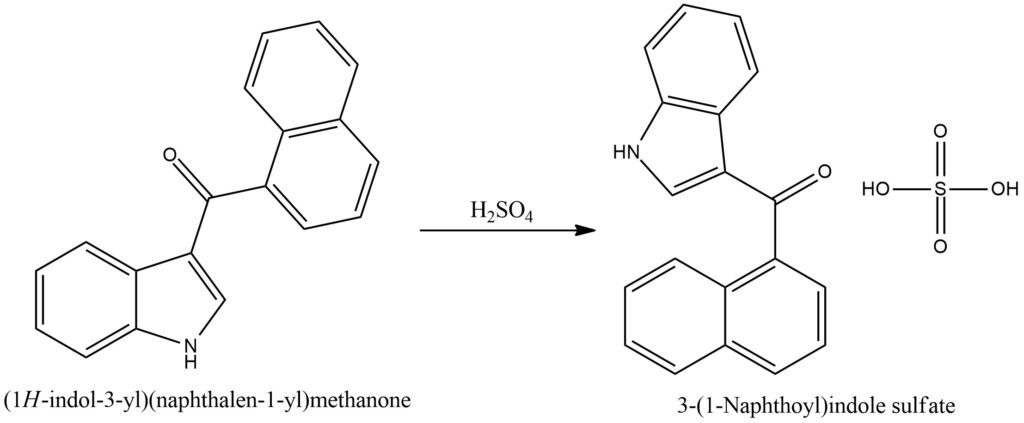
Figure 3. Reaction with Acids
Reaction of Naphthoylindole with sodium hydroxide will result in the formation of a salt. In this reaction, sodium hydroxide (NaOH) reacts with the acidic group of the naphthoyl moiety, forming a sodium salt. Figure 4
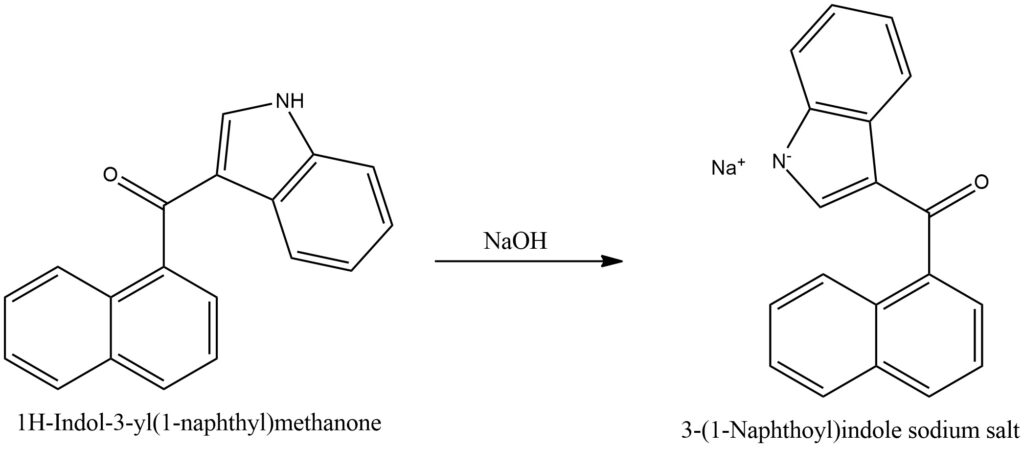
Figure 4. Reaction of Naphthoylindole with sodium hydroxide
Different oxidizing agents can be used for the oxidation of 3-(1-Naphthoyl)indole, such as hydrogen peroxide (H2O2), chloric acid (HClO), potassium permanganate (KMnO4), among others. The specific oxidation products will depend on the chosen oxidizing agent and reaction conditions. It is important to note that the exact reaction products and mechanisms of oxidation can be complex and may require additional data and research for a complete description.
Alkylation of naphthoylindoles with various alkylating agents, where the main radical R is naphthoyl, and other R’ groups include Me, Et, Pr, Ar, etc., and X represents a halogen. Figure 5

Figure 5. Alkylation of naphthoylindoles
Reactions of substituted naphthoylindoles vary depending on the groups present. Figure 6
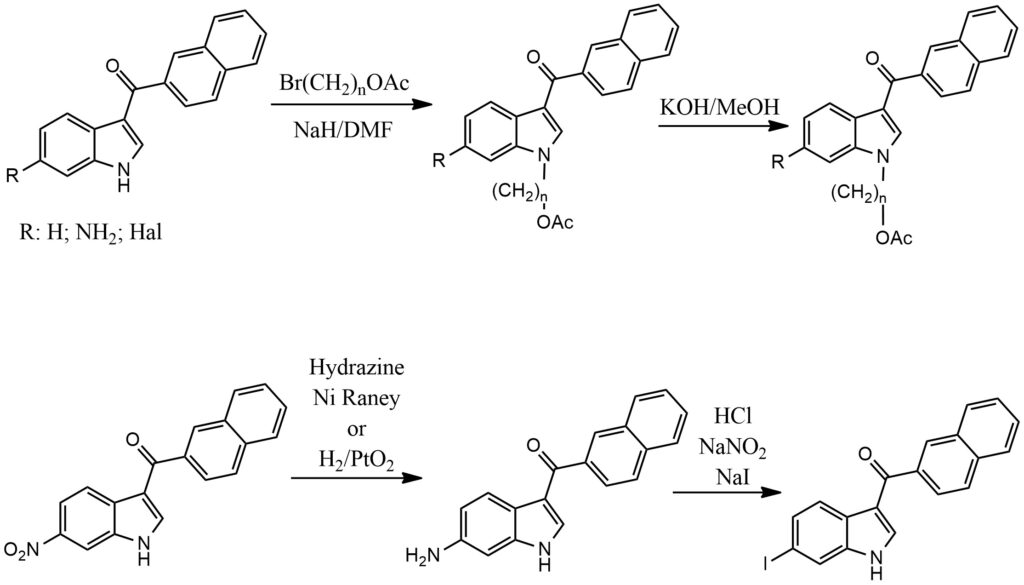
The general synthesis scheme of JWH spice compounds from naphthoylindoles (main radical R is naphthoyl) is illustrated in Figure 7.
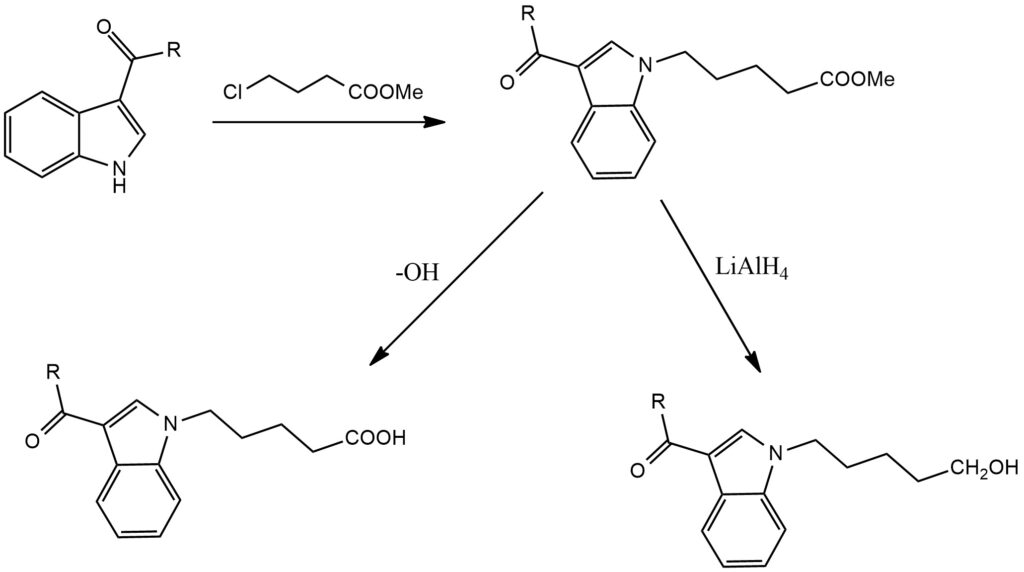
Figure 7. The general synthesis scheme of JWH
Synthesis of Naphthoylindole [8-10]
The general synthetic approach for obtaining indole derivatives, as exemplified in Figure 8 for naphthoylindoles, involves N-alkylation followed by chemoselective Friedel-Crafts acylation at the C-3 position. Typically, alkylation is carried out first to avoid N-acylation in subsequent steps. N-alkylation conditions involve the use of poorly interacting counter ions (such as potassium or sodium) and a highly polar solvent like DMSO. Under these conditions, charge localization on nitrogen prevails over the inherent higher nucleophilicity of the C-3 carbon, ensuring excellent regioselectivity in the alkylation reaction.
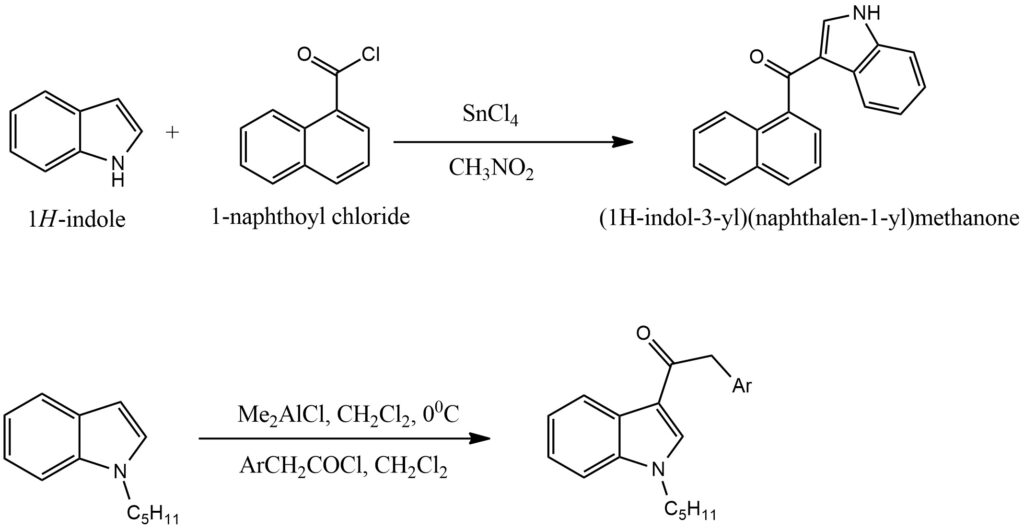
The Hard Lives of Britain’s Synthetic Marijuana Addicts
Conclusion
The class of naphthoylindoles encompasses a wide range of compounds with diverse physicochemical and biological properties. Most of these compounds exhibit classical properties inherent to indole derivatives. Derivatives of this compound class, such as naphthoylindoles, display biological activity similar to the natural cannabinoid tetrahydrocannabinol, which has led to their illicit use in the production of underground JWH-class spice products. As a result, many countries have imposed bans on these types of compounds.
Bibliography
- https://pubchem.ncbi.nlm.nih.gov/compound/3-_1-Naphthoyl_indole
- https://pubchem.ncbi.nlm.nih.gov/substance/346689777
- https://pubchem.ncbi.nlm.nih.gov/compound/10355825
- http://www.chemspider.com/Chemical-Structure.65793937.html
- http://www.chemspider.com/Chemical-Structure.8531277.html
- https://www.caymanchem.com/product/11687
- Xuling Pan, Qian Liu 2-Alkylation of 3-Alkyindoles With Unactivated Alkenes. Front. Chem., 2022, 10-860764. doi: 10.3389/fchem.2022.860764 https://www.frontiersin.org/articles/10.3389/fchem.2022.860764/full
- Ayesha, Bilal M, Rasool N, Khan SG, Rashid U, Altaf H, Ali I. Synthesis of Indoles via Intermolecular and Intramolecular Cyclization by Using Palladium-Based Catalysts. Catalysts. 2021; 11(9):1018. https://doi.org/10.3390/catal11091018 https://www.mdpi.com/2073-4344/11/9/1018
- John W. Huffman, Paul V. Szklennik 1-Pentyl-3-phenylacetylindoles, a new class of cannabimimetic indoles. Bioorganic & Medicinal Chemistry Letters, 2005, 15, 18, pp. 4110–4113. https://doi.org/10.1016/j.bmcl.2005.06.008 https://www.sciencedirect.com/science/article/abs/pii/S0960894X05007481
- Giovanni Appendino, Alberto Minassia, Orazio Taglialatela-Scafati Recreational drug discovery: natural products as lead structures for the synthesis of smart drugs. Nat. Prod. Rep., 2014, 31, pp. 880-904. DOI: 10.1039/c4np00010b https://pubs.rsc.org/en/content/articlelanding/2014/NP/c4np00010b


